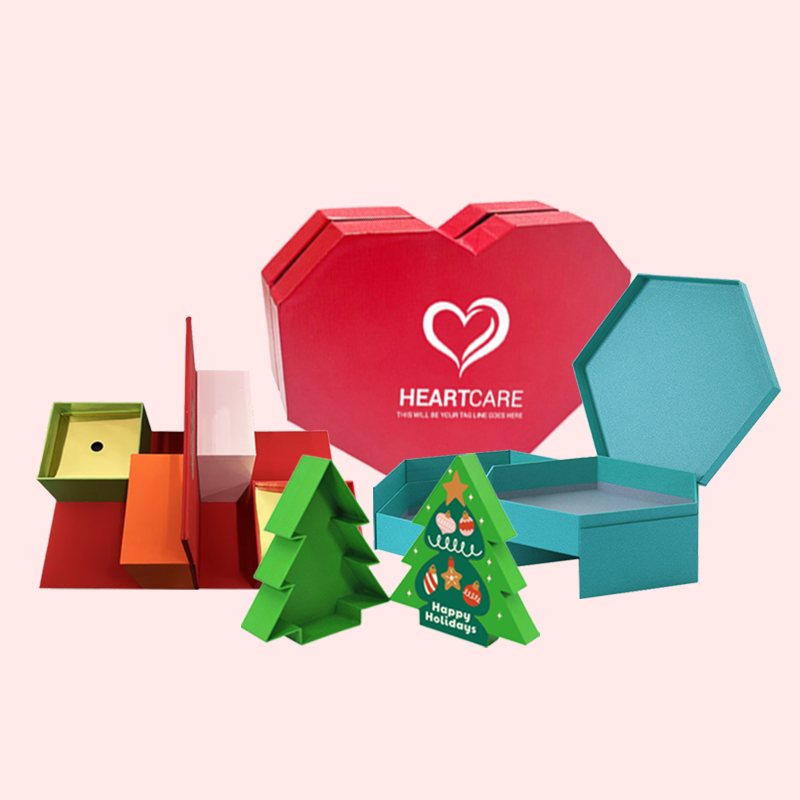Struggling with the endless options for rigid boxes? Picking the wrong style can undermine your product's entire presentation. Let my 16 years of experience guide you to the perfect choice.
The best rigid box style depends on your product, budget, and desired unboxing experience. For ultimate luxury, magnetic closure boxes are top-tier. For a classic, timeless feel, two-piece boxes work perfectly. For a unique reveal, consider drawer-style boxes. Always match the box to the product's story.
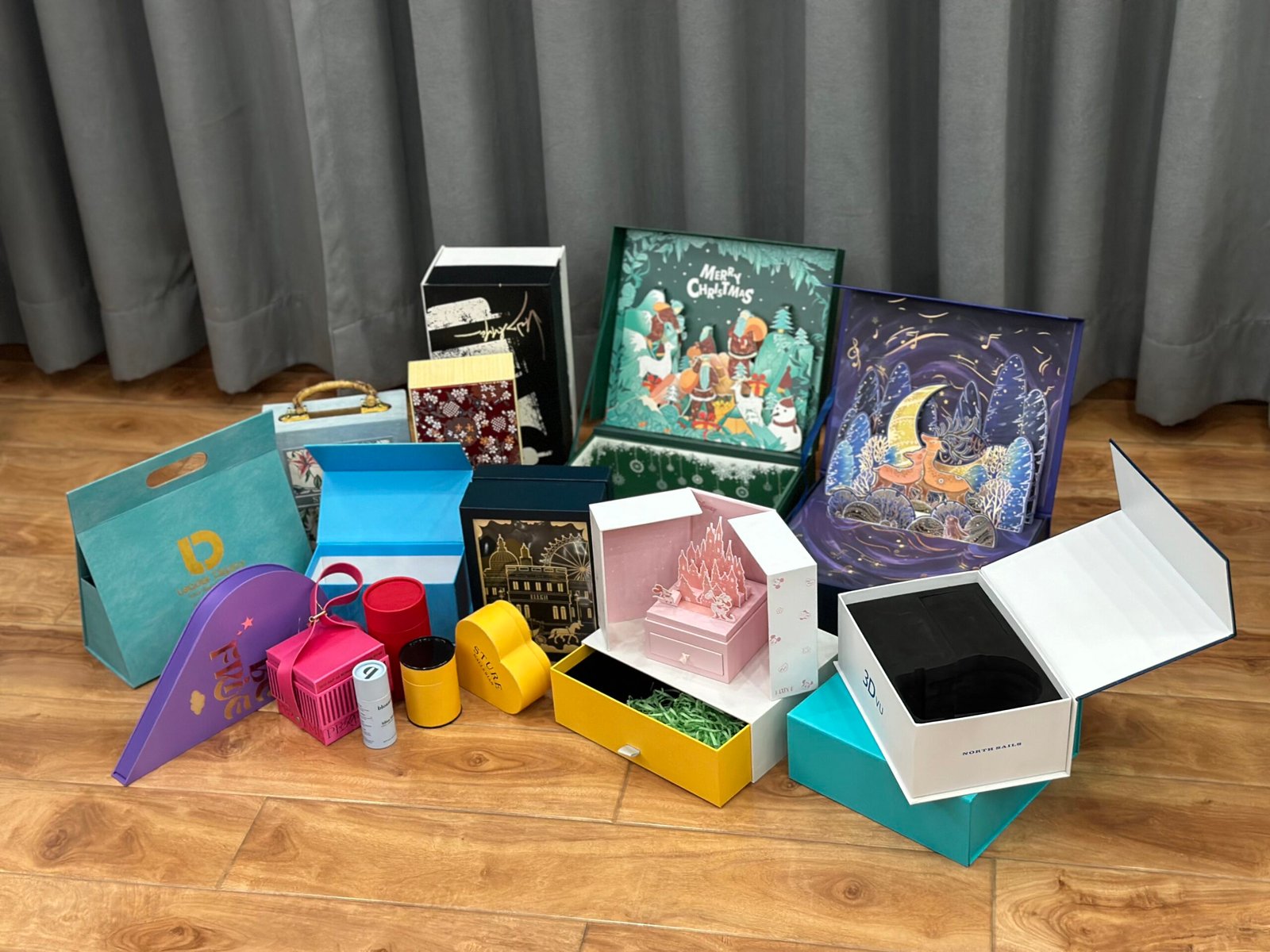
That's the simple answer. But as a packaging professional, you know the real magic is in the details. The difference between a good choice and a great one comes from deeply understanding how each style performs. I've spent years helping designers like you make these decisions. Let's break down the most common questions I hear.
How Do Classic Two-Piece Boxes Compare to Hinged Lid Styles?
Deciding between a lift-off lid and a hinged lid box? This single choice completely defines the customer's first physical interaction with your product. Let's see which one fits your project.
Choose two-piece boxes for a classic, ceremonial unboxing, perfect for items like board games, shoes, or gift sets. Go for hinged lid boxes when you want a more integrated, durable feel, ideal for electronics or sample kits where keeping the lid attached is better.
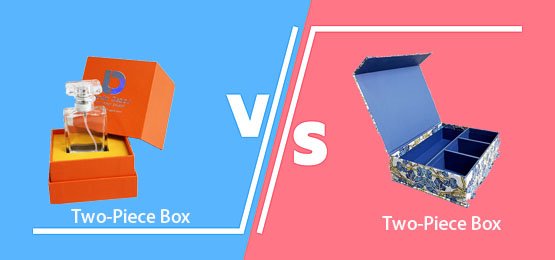
As a designer, you have to think about the "reveal." I've found that the best choice comes down to the feeling you want to create. Two-piece boxes are all about that moment of anticipation as you lift the lid. Hinged boxes are more like opening a treasure chest. I always ask clients to think about what happens after the box is opened. Will the customer keep it? If so, an attached lid might be more practical.
Deeper Comparison
Here's a simple breakdown I use with my team to make the right call. We look at the core function and the user experience side-by-side.
| Feature | Two-Piece Box (Lid & Base) | Hinged Lid Box |
|---|---|---|
| Unboxing Feel | Classic, slow, deliberate reveal. | Integrated, book-like opening. |
| Best For | Apparel, gifts, board games, shoes. | Electronics, cosmetic sets, luxury kits. |
| Construction | Simpler, two separate parts. | More complex, one connected piece. |
| User Practicality | Lid can be misplaced | Lid is always attached. |
| Perceived Value | Can feel very traditional and high-end. | Often perceived as more modern and secure. |
Ultimately, a classic two-piece box is a workhorse. It’s reliable and universally understood. A hinged box adds a touch of modern engineering and keeps everything together.
When Should I Choose a Drawer-Style or Slipcase Box?
Want to create a more unique and interactive unboxing? Drawer boxes offer a special kind of reveal. But you need to know when this style truly adds value for the customer.
Use a drawer-style box, also called a slider box, when you want to build anticipation and create a sophisticated reveal. It’s perfect for small, precious items like jewelry, watches, or high-end tech accessories where the sliding motion enhances the product's value.
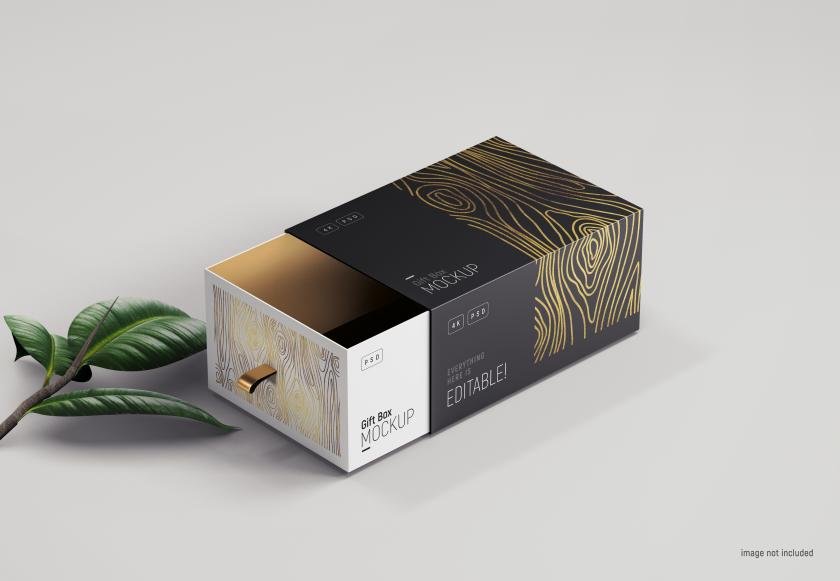
I’ve had great success using drawer boxes for products that are themselves sleek and elegant. The sliding action mimics the product's own design. Adding a ribbon pull-tab is a small detail that makes a huge difference in the user's experience. It turns opening the box into a small, satisfying ritual. This style is not just a container; it's part of the product experience itself. The key is to ensure the fit between the sleeve and the drawer is perfect—not too tight, not too loose. This is where quality manufacturing becomes critical. A poorly made drawer box is frustrating, but a well-made one feels incredibly luxurious and well-thought-out.
Key Considerations for Drawer Boxes
This style requires more thought than just graphics. The mechanics are everything.
- The Fit: The drawer must slide smoothly. I always recommend prototyping to test the friction. Too much resistance frustrates the user, while too little feels cheap. The thickness of the paper wrap and the precision of the cut are non-negotiable details.
- The Pull: How will the user open it? A die-cut thumb notch is a clean, minimal option. A ribbon or rope pull-tab adds a soft, tactile element and a pop of color. The choice should align with your brand's aesthetic.
- The Reveal: What does the customer see first? The slow slide of a drawer box is perfect for a staged reveal. You can use inserts to hold the product perfectly in place, so it's presented beautifully the moment the drawer is fully open.
Are Magnetic Closure Boxes Actually Worth the Extra Cost?
You're aiming for a premium feel and keep hearing about magnetic boxes. The satisfying "snap" is tempting, but is the added cost justified? Let's look at the real return on investment.
Yes, magnetic closure boxes are worth the cost if your goal is to communicate maximum luxury and create a reusable package. The secure, satisfying closure elevates the perceived value of high-end products like cosmetics, spirits, or corporate gifts, justifying the investment.
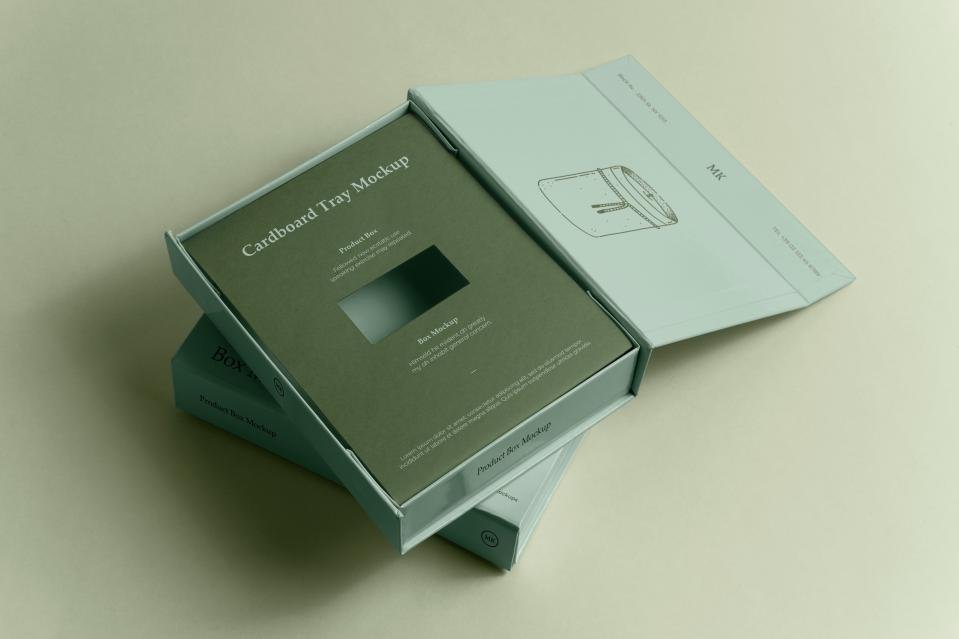
In my experience, the decision to use a magnetic closure is about brand positioning. It is an unapologetically premium feature. When a customer opens and closes that box, the clean snap of the magnets communicates quality without a single word. I often recommend them for products where the packaging is likely to be kept and reused. This extends the life of your branding far beyond the initial unboxing. For a luxury cosmetic set or a bottle of aged whiskey, the box becomes a keepsake box. This turns a simple packaging cost into a long-term marketing asset. While the unit cost is higher due to the magnets and assembly, the impact it leaves on the customer is often priceless.
Breaking Down the Value
When a client asks me about the cost, I help them see it as an investment in the customer experience.
| Aspect | Standard Box | Magnetic Closure Box |
|---|---|---|
| Opening/Closing | Manual tuck flap or separate lid. | Effortless, secure magnetic "snap." |
| Customer Feeling | Functional, expected. | Surprising, satisfying, modern. |
| Reusability | Less likely to be kept. | High; often repurposed for storage. |
| Unit Cost | Lower. | Higher. |
| Best For | Products at all price points. | Premium/luxury products. |
The added cost pays for a tangible feeling of quality. If your brand story is about precision, luxury, and attention to detail, a magnetic closure box reinforces that message perfectly.
What About Collapsible Rigid Boxes for Shipping and Storage?
You love the premium feel of rigid boxes, but shipping them empty is a logistical headache. Collapsible rigid boxes seem like the perfect solution, but do they compromise on quality?
Collapsible rigid boxes provide the same high-end look and feel as traditional rigid boxes but can be stored and shipped flat. This makes them ideal for businesses needing to save on warehouse space and shipping costs without sacrificing a premium unboxing experience.
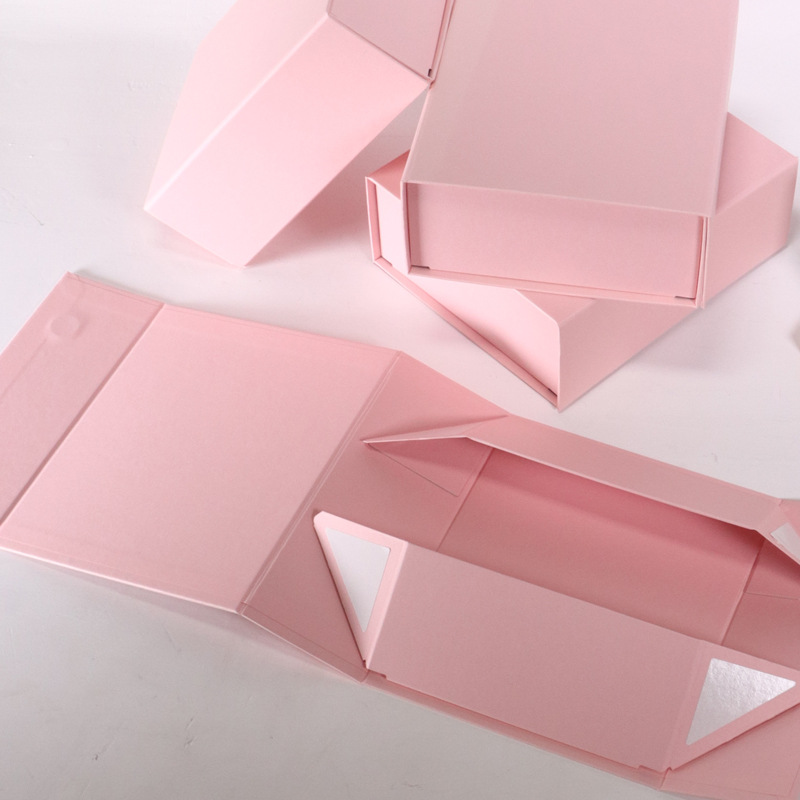
I started offering collapsible rigid boxes to clients who were struggling with logistics. The cost of shipping air in pre-assembled boxes from my factory was a major pain point. Collapsible boxes solve this problem beautifully. They are constructed with clever hinges and often use adhesive strips for final assembly at the packing facility. From the customer's perspective, an assembled collapsible box is virtually indistinguishable from a standard rigid box. The corners are sharp, the structure is solid, and you can still incorporate features like magnetic closures. This style is a game-changer for e-commerce brands who want that luxury feel but need to be smart about their operational costs.
When to Choose Collapsible
This isn't just about saving money; it's about being strategic.
- You Have Limited Warehouse Space: Storing thousands of flat boxes takes up a fraction of the space compared to assembled ones. This is a huge win for inventory management.
- You Ship from Overseas: The biggest savings come from shipping. Fitting more units into a container dramatically lowers your per-unit freight cost, which can be the difference between a profitable product and an unprofitable one.
- You Need On-Demand Assembly: Your team can assemble the boxes as they are needed for fulfillment. This just-in-time approach is more efficient than managing a large stock of bulky, ready-made boxes.
The only real trade-off is the extra labor step for assembly. However, for most of my clients, the significant savings on shipping and storage far outweigh the small amount of time it takes to pop the box into shape.
How Does My Product's Shape and Weight Influence the Box Style?
You have a great design idea, but will it actually work for your product? The physical nature of your item—its weight, shape, and fragility—is the most important factor of all.
Your product’s physical traits are critical. Heavy items require sturdy structures like hinged-lid or double-walled two-piece boxes. Delicate items need custom inserts, making drawer or lift-off lid styles ideal. Uniquely shaped products may demand a fully custom-engineered box structure.

This is where my team's structural design expertise really comes into play. You can't put a heavy glass bottle in a flimsy box, no matter how good it looks. Function must come first. Over the years, I've learned to categorize products to guide the initial design direction. For heavy items like candles or spirits, we focus on reinforcing the base and walls. For a collection of small, delicate cosmetics, the focus shifts to the insert. A drawer box with a perfect foam insert can make that collection feel like a curated set of jewels. The box style must serve the product, protecting it and presenting it in the best possible way. Never let a design trend override the practical needs of the item you are packaging.
Matching Product to Box Style
Here is a quick reference table I use to start the conversation with designers.
| Product Type | Recommended Box Style | Key Consideration |
|---|---|---|
| Heavy & Dense (e.g., Candles, Spirits) | Hinged Lid, Reinforced Two-Piece | Structural integrity and base support. |
| Light & Delicate (e.g., Jewelry, Chocolates) | Drawer-Style, Two-Piece with Insert | Protection and presentation via inserts. |
| Apparel & Soft Goods (e.g., Scarves, Shirts) | Two-Piece (Lid & Base) | Large surface area for branding. |
| Tech & Electronics (e.g., Headphones) | Hinged Lid, Magnetic Closure | Secure fit, perceived value, protection. |
| Sets & Kits (e.g., Skincare Sets) | Hinged Lid, Collapsible Magnetic | Keeping multiple items organized. |
This is just a starting point. The best solutions come from collaboration, where your product knowledge and my team's packaging experience combine to create something that is both beautiful and perfectly functional.
Conclusion
Choosing the right rigid box style boils down to balancing your product’s needs, your budget, and the unboxing story you want to tell. Think function first, then form.


